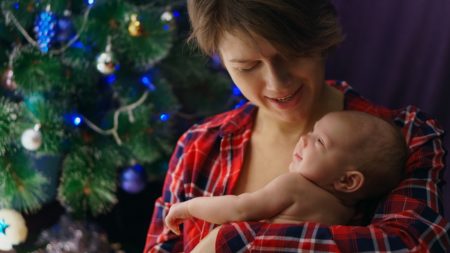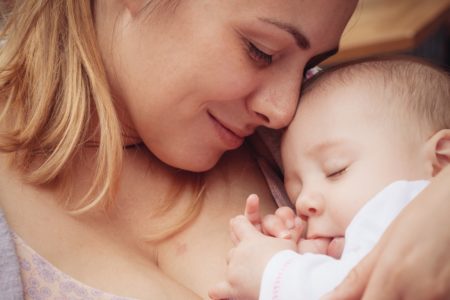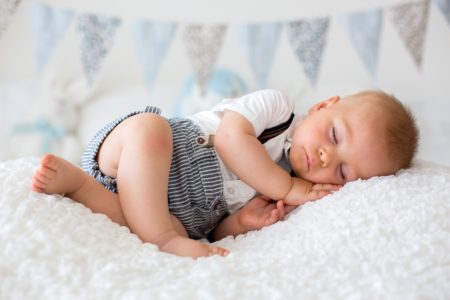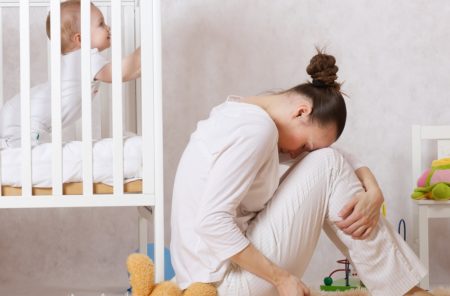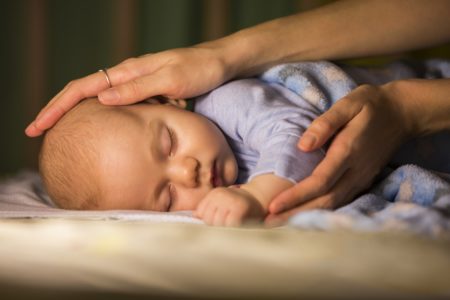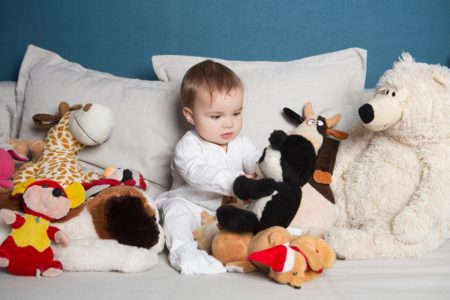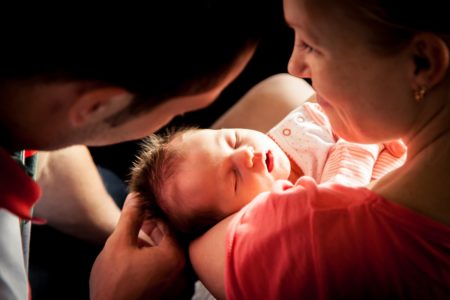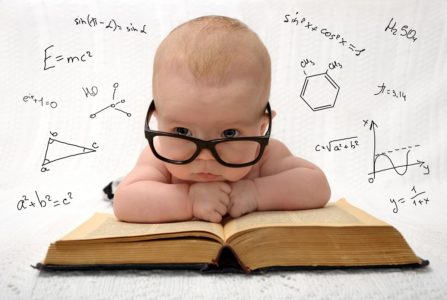Perhaps youwonder sometimes what your baby will remember from their first years of life.When they are older and look back, will they think they had a happy childhood? Whatcan you do to give them fond memories?
Infantsremember the time they spent in the womb. In the first weeks of life, they getagitated when they hear and recognize the sounds they learnt before birth, e.g.the music their mother often listened to or the voices of the people towardswhom the mother has strong feelings. It is known that babies calm downlistening to monotonous white noise. It happensbecause they remember it from the womb, when the flow of blood, breathing,bowel movements caused the same type of noise.
How farback can they remember?
It does notmean that they’ll keep these memories forever. Over the first few years oflife, their memory takes shape. Even a three-month-oldbaby can tell apart objects they often see and a five- month-old remembers theimage of their favourite toy for as long as two weeks. However, from day one oftheir life a child pays most attention to faces – they stare at them as if theywanted to imprint their memory with a depiction of mother, father, grandmother,or grandfather. With time, they learn to remember new faces. If a six-month-oldbaby sees a face for only a minute, they remember it for a week.
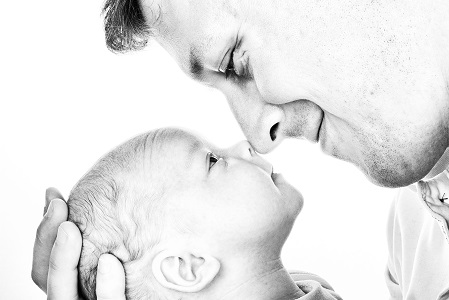
Thethings they can’t forget
Childrenbest remember situations involving strong emotions. Infants are surprisinglygood at recognizing the voice of a doctor they associate with an unpleasantprocedure. If a child is undergoing a painful therapy, they may permanentlyassociate its circumstances with pain and fear.
Who gaveme strength?
Interestingly,even infants show a natural affinity to learning. Scientists discovered thatthe small children who focus on new things, such as faces or objects, later (inkindergarten and early school) score higher in intelligence tests.
However,other factors are at play here, not only the natural curiosity of a child. For example, the type of connection with themain carer (typically, the mother) is of great importance and has a big impacton the child’s future. The bond determines whetherthe child will have a feeling of self-esteem,if they’ll believe in themselves, and ifthey will be curious, interested in other people and the world around them, howthey will build relationships. That first, most important relationship, which formsin the child’s first three years, is a model for their all other relationships. Thatbond models the child’s outlook onthe world and people, and on themselves. It also determines how they will lookback on their childhood.
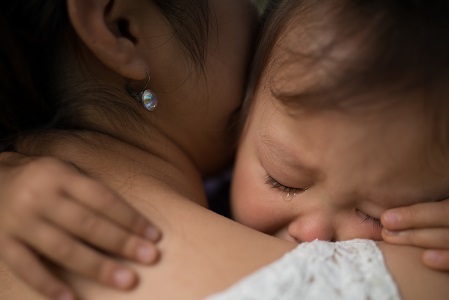
Are myneeds important?
Psychologiststalk about three main types of attachment: secure, anxious-preoccupied, and dismissive-avoidant. The way the mother (orfather; the most important person close to the child) reacts to the baby’sneeds determines the attachment type between them. For example, what happenswhen the child is crying, afraid, spills juice on the carpet, kicks a brother,can’t sleep…
A close,safe type of attachment, one that is best for the child, develops if the mothernotices and reacts to different situations. When the baby is crying, the mothercomes to check why. If they need a hug, they are hugged. When they are cold,their mother covers them with a blanket.When hungry, she feeds them.
Sensitivityto the child’s needs and meeting those needs builds the foundations of secureattachment. And also acceptance, love, and understanding. When a child doessomething wrong (e.g. pulls a dog’s tail), the mother explains, all serious,that that’s bad behaviour. She does not shout, spank, or ignore. She reactsadequately to the situation and age, considering the fact that a small childmight not understand what is good or bad.
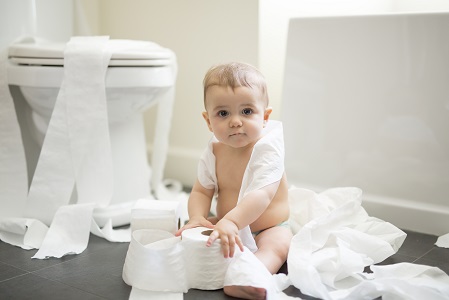
Whathappens when mom flies off the handle?
Secure attachment requires respect. When a baby iseating their cereal and – after a few spoonfuls – closes their mouth, turns away, shakes their head, the parentrespects the refusal, does not try to convince them to eat more, does notpretend that the spoon is an aeroplane.
If your sonor daughter don’t want to be hugged by a practically unknown aunt, the motherdoes not force them, does not break their resistance, does not force anything.She is patient, calm and supports the child. Which does not mean that she hasto be perfect. When she gets angry, shedeals with her emotions, apologizes, explains and approaches the child again. Close attachmentis not exclusive to people who are calmand infinitely patient. Those with a short fuse can also provide their childrenwith the feeling of closeness and safety, they only need to understand theiremotions, control them and try to explain the outbursts to their child.
Whatwill my future be like?
Childrenwho inherit the secure attachment typeare usually interested in the world and cheerful, happy, open to other people.However, children who were ignored or neglected by their parents (thedismissive-avoidant style) find being happy difficult, often feel aversion ordislike. The anxious-preoccupied style appears when a child is afraid of theirparent, is either drawn closer or pushed away (punished, ridiculed, leftalone). Such a child may in the future find it difficult to understand theiranger and often feel fear and shame.
It seemsthat the memories children keep and childhood’s influence on life do not dependon expensive clothes, beautiful room, or whether your baby starts learning aforeign language when they are one year old. The most important is to havesomeone who loves them, understands and fulfils their needs. Only that – or isit too much?



